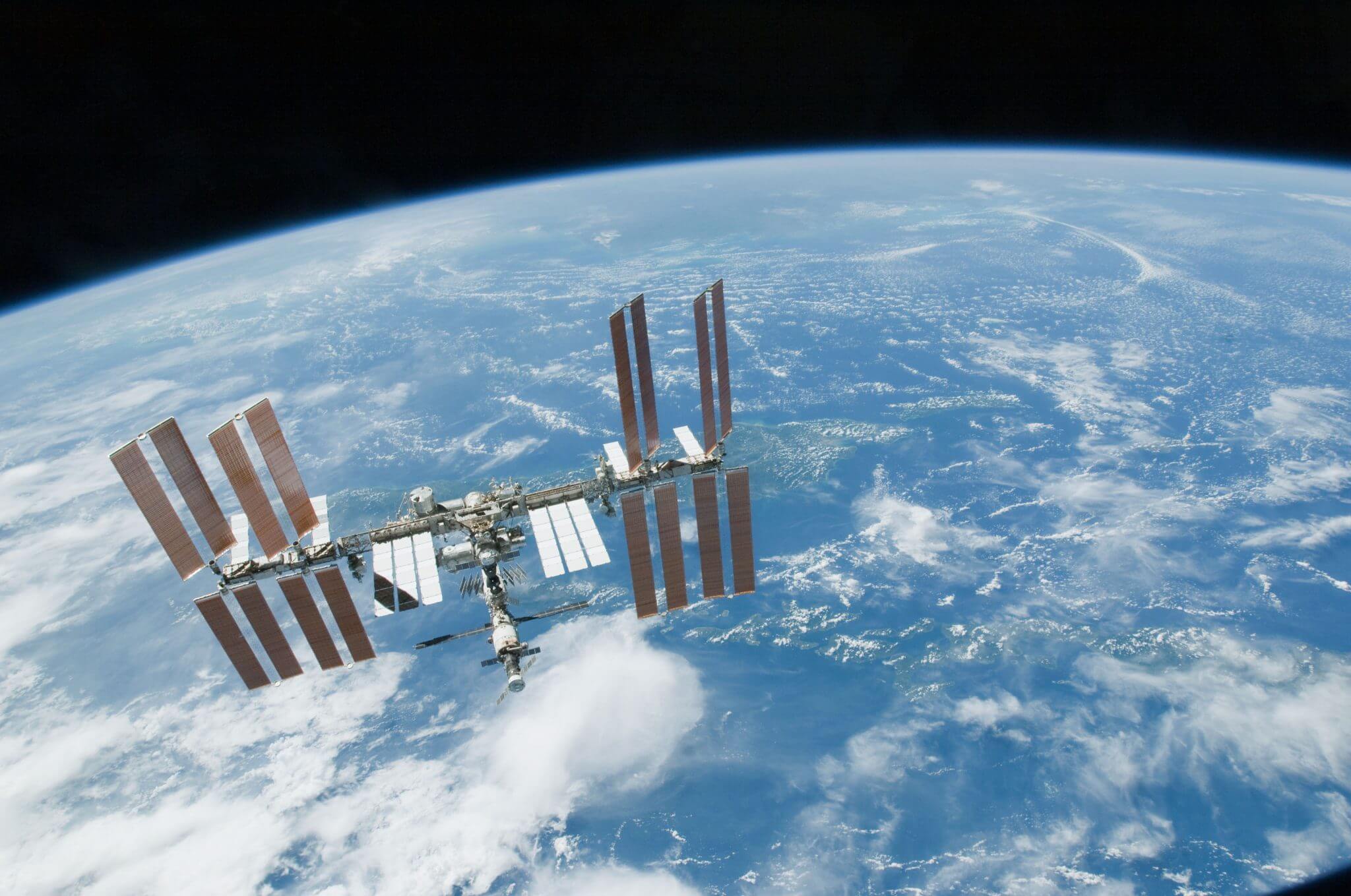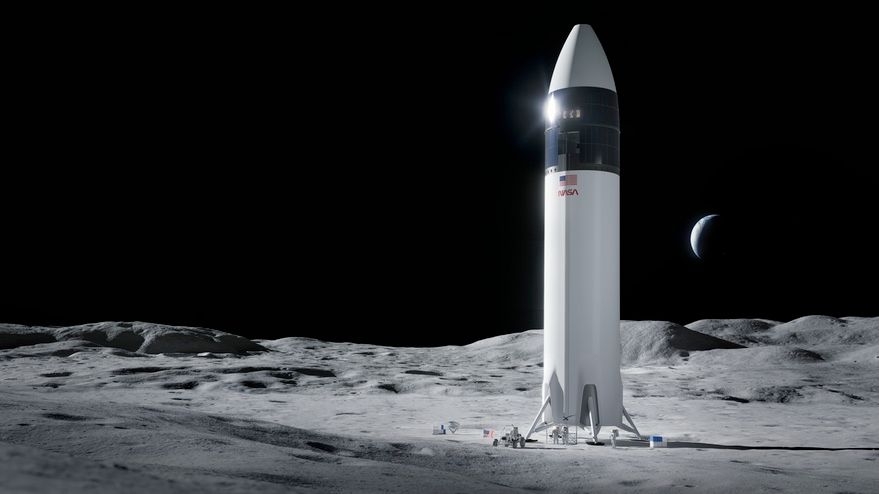Commercial manned spaceflight was especially emphasised at IAC 2014, and it even got its own plenary session. Alexander Derechin, of RSC Energia, noted in his paper IAC 2014 B3.2.1 that as prices are set to fall, the human commercial spaceflight market would inevitably rise. In response to a question, he said that a person of “normal health” could achieve spaceflight. As for grandiose plans for a human lunar flyby, he had a potential customer willing to fly. Would it actually happen? Derechin would only say: “We will see.”
While still an unmanned spacecraft, the Cygnus cargo freighter is set for expansion. Frank Cuthertson, of Orbital Sciences Corp (B3.2.2), disclosed that the 3.5kW powered craft would be further lengthened, increasing its volume from the 26.1 m3 of the current enhanced configuration to 33.5m3. Cuthbertson also suggested that such a craft would make an ideal fast-to-develop, simple augmentation human habitation module to be used in conjunction with NASA’s Orion module. This could later be developed as part of a mini-space station at the Sun-Moon L2 point.
Dave Murrow, of Lockheed Martin, and John Olson, of Sierra Nevada Corporation, explained (B3.2.4) that the Dream Chaser mini-shuttle would have an X-37 style self-healing thermal protection system, so any cracks that appeared would anneal in the heat of re-entry. The benefit of this was that it would not need an “on orbit inspection check” as the later missions of the Space Shuttle had done. Despite losing out in NASA’s latest commercial crew funding round (which it is appealing), the firm hoped to launch Dream Chaser in 2019.
While Sierra Nevada has had to lay off some of its workforce, it has been busy forging links with other national space programmes. With the German Aerospace Research agency, DLR, it is looking at whether the craft might be launched by an Ariane 5. JAXA is conducting similar research.
Concerning commercial spaceflight, Sierra Nevada announced that it is to field a smaller three-man version of the Dream Chaser mini-shuttle. Dubbed Dream Chaser “Junior” by IAC attendees, this smaller mini-shuttle would use the known hypersonic and slow-speed aerodynamics of Dream Chaser’s HL-20 lifting body-based shape of the Dream Chaser, but would be scaled down by 75%. The craft would be air-launched by Stratolaunch Systems. The crew would sit in tandem and be able to move around the admittedly very-low-roof cabin. Toilet arrangements would be a “commode”.
The craft can operate for 64 hours on its own. Its 92% availability for an ascending node launch, its large cross-range capability and low ‘g’ re-entry environment make it an excellent space rescue craft. It can land wherever a Boeing 737 can land and, as a result, the firm is also examining hypersonic “point to-point” passenger travel of the Dream Chaser Junior/Stratolaunch combination.
In the same session, Michael Gold, of Bigelow Aerospace, reported that it was planning a six-crew inflatable space station module called the BA330 – with a volume of 330m3. Gold suggested that its test BEAM module would be attached to the ISS in 2015, so this much larger module might do the same with ISS or another space vehicle, though it does have the ability to operate independently of other spacecraft. Gold noted that inflatable structures are actually better for radiation protection than normal modules.








